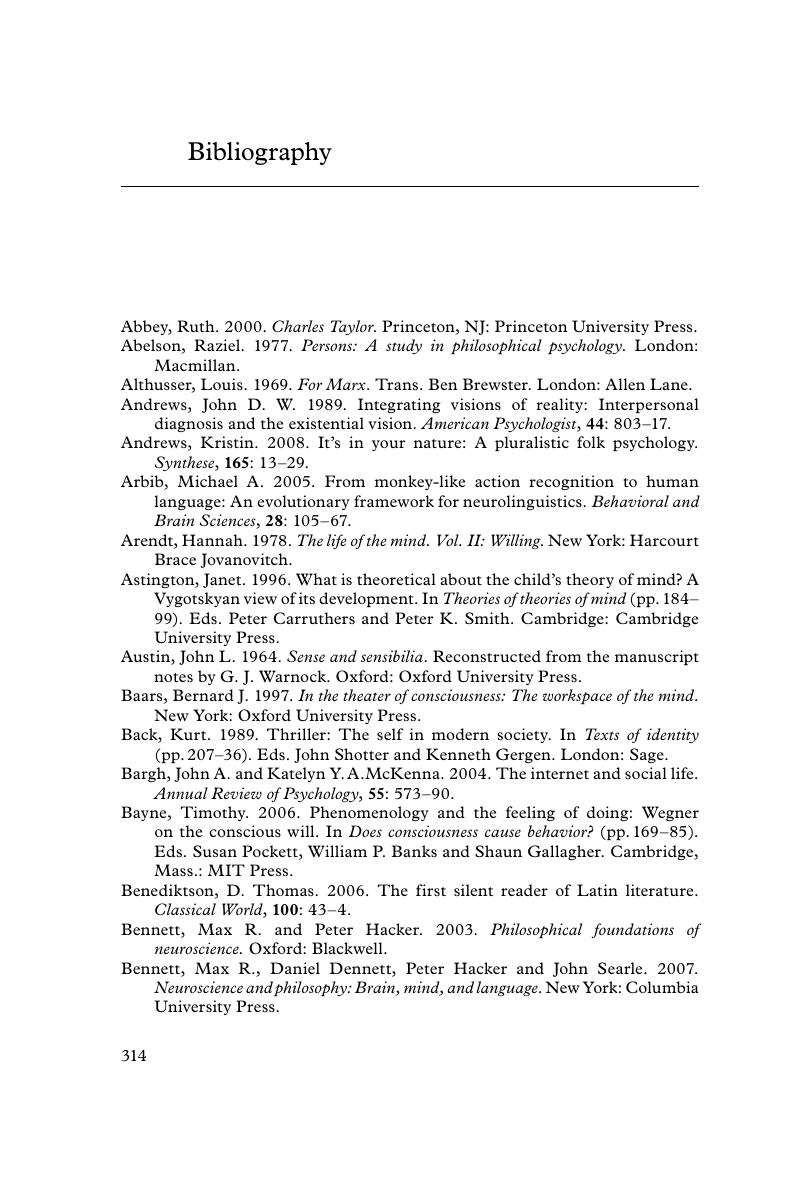Bibliography
Published online by Cambridge University Press: 04 August 2010
Summary

- Type
- Chapter
- Information
- Virtual Selves, Real PersonsA Dialogue across Disciplines, pp. 314 - 330Publisher: Cambridge University PressPrint publication year: 2009



